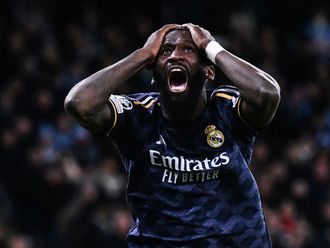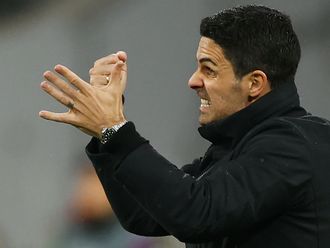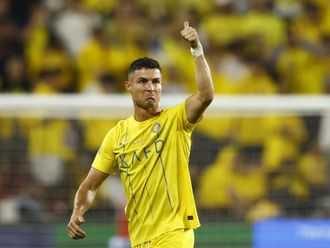London: At a recent meeting at Arsenal, what struck one of those present was how little key figures at the club spoke about Arsene Wenger as being part of their plans and how open they were about that.
There was also a brutal phrase used by some around Arsenal: it is time to change the “culture of cotton wool” that has developed under Wenger in which players have not been pushed, or shown the right level of resilience to compete. There has been stagnation and complacency and now there needs to be a far tougher approach. Even some of the players felt stifled.
By stealth, a new club — or new personnel and a new structure — has been assembled almost, it seems, behind Wenger’s back. He has, until now, stood Canute-like against this sea of change even if he has not been impervious to what has been going on.
The architect of the re-organisation has been Ivan Gazidis, the Chief Executive, who saw what happened at Manchester United when Sir Alex Ferguson retired in 2013. Crucially, their Chief Executive, David Gill, left at the same time, leaving a vacuum.
United are still paying the price for not have the right structure to deal with Ferguson going. It was less about succession planning, but rather organising the club so they could cope when such a dominant character left and, also, if whoever took over did not work out.
When Ferguson left United, the intellectual property of the club also departed and it has been a long, expensive and painful re-build since then.
Arsenal need to avoid that even if it can be argued that success for Wenger’s successor will be less than what was demanded of whoever followed on from Ferguson.
Sensibly, Gazidis has attempted to head off that instability. But for all their preparatory work, Arsenal — and Gazidis — now plunge into the unknown and that brings dangers even if the club will believe they have done all they can to put safety measures in place.
Gazidis spoke about the “catalyst for change” when he addressed a supporters’ meeting at the Emirates in April last year but it was hardly met with universal optimism as it was interpreted solely as being about Wenger’s future. And the manager then signed a new deal.
Wenger has held on to loyal staff but was eventually surrounded by the chief executive’s appointments. Four key figures arrived last year: Raul Sanllehi, head of football relations; Sven Mislintat, head of recruitment; Darren Burgess, director of high performance; and Huss Fahmy, contract negotiator. The fact that Sanllehi was not called director of football — a title Wenger had scoffed at — said a lot about how out-of-touch the manager was in terms of the direction the club was heading. The timing gives Wenger a dignified exit but also Arsenal time to source his successor without the embarrassment of appearing to go behind his back.
Majority shareholder Stan Kroenke will ultimately have the final say on who replaces Wenger. He will listen to advice from his son Josh who has relocated full-time to London to take a more hands-on role. But both of the Kroenkes will rely heavily on the advice of Sanllehi, Mislintat and, above all, Gazidis, who has patiently waited a decade for this moment.
Arsenal are at a crossroads. But Gazidis will argue they are ready, and whoever they choose as Wenger’s successor will point to the direction the club will take.
Because of the work Gazidis has done, it is likely to be a younger, training-ground head coach rather than an all-encompassing manager. But it will have to be someone with the force of personality to see through change and banish that “culture of cotton wool” that has become so suffocating.
— The Telegraph Group Limited, London 2018












